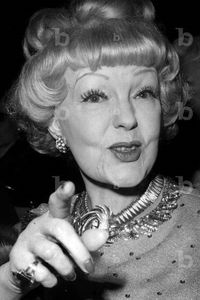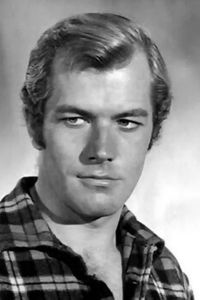Jeanne Aubert, the daughter of a French aristocrat and a flower-girl, began her career in the entertainment industry at a young age. At just five years old, she worked as an extra in the production of 'Le Chatelet'. As a teenager, she studied voice and music, laying the groundwork for her future success.
In 1924, Jeanne Aubert made her stage debut in the show "Mistinguett" at the Casino de Paris. Her big break came in 1925 with the song "Situ vois ma tante", which catapulted her to fame in Paris and earned her the nickname "une grande Chanteuse".
Under the stage name Jane Aubert, she appeared in the magazine "Paris aux Etoiles" in 1927, published by the famous Moulin Rouge. The following year, she made her film debut in the silent movie "La Possession" alongside Francesca Bertini.
Jeanne Aubert's career took a dramatic turn in 1929 when she married Nelson Morris, a wealthy businessman from Chicago, USA. Despite her success, the marriage failed, and the couple divorced due to Morris's insistence that she give up her stage career. Undeterred, Jeanne Aubert began a new chapter in her life in the United States, where she went on to appear in numerous musical comedies on Broadway, including "Princess Charming", "America's Sweetheart", "The Laugh Parade", "Ballyoo" with Bob Hope, "Melody" with Gypsy Rose Lee, and many more.
In addition to her work on stage, Jeanne Aubert also appeared in two films made in Long Island, "The Mysterious Kiss" and "The Dream Of The Ocean". After a brief hiatus, she made her Parisian comeback in 1935 with a series of successful shows, including "C'est une petite étoile", "Solitude", and "Je t'aime c'est tout".
Jeanne Aubert's career continued to flourish, with appearances in London, Belgium, Italy, Egypt, and Switzerland. She also made over a dozen films between 1935 and 1966, including "La Veuve joyeuse", which she performed 630 times during World War II.
After the war, Jeanne Aubert continued to work in film, appearing in a range of productions, including "Tout pour elle", "Le prince endormi" with Pierre Blanchard, "Court circuit", "Adorable Julia" with Madeleine Robinson, "Saisond'amour", "Les hommes préfèrent les blondes" ("Gentlemen Prefer Blondes"),and "Après la chute" by Arthur Miller with Annie Girardot.
As the years went by, Jeanne Aubert gradually transitioned to television, making appearances in a number of popular shows, including "Sénéchal le magnifique", "Les Croulants se portent bien", "Les Saintes Chéries", "Madame vous etes libre...", and "La Femme de Jean" by Yannick Bellon.
Throughout her long and illustrious career, Jeanne Aubert remained a shining star, known for her elegance, charisma, and captivating stage presence. Despite facing numerous challenges and setbacks, she continued to dazzle audiences with her talent and charm, leaving an indelible mark on the world of entertainment.











